Palace Tourist Hotel (파레스 관광호텔)
8.9Km 2025-08-18
13, Jungang-ro 160beon-gil, Dong-gu, Gwangju
+82-62-222-2525
Palace Tourist Hotel is located only a six-minute walk from Geumnamro 4(sa)-ga Station on Gwangju Subway Line 1. Nearby attractions within walking distance include Gwangju Art Street and Yangdong Market.
ER NC Department Store - Gwangju Branch [Tax Refund Shop] (ER NC백화점 광주)
8.9Km 2024-04-23
249, Gyeongyeol-ro, Buk-gu, Gwangju
-
CU - Yongbong Sarang Branch [Tax Refund Shop] (cu용봉사랑점)
8.9Km 2024-06-28
42, Yongju-ro, Buk-gu, Gwangju
-
Geumnam-ro Street (금남로)
8.9Km 2025-08-13
Geumnan-ro, Dong-gu, Gwangju
Geumnam-ro Street used to be in the government office quarters, and is now the center of the city's finacial sphere, with many banks, insurance companies and public offices lining the street. During the May 18 Movement, the citizens gathered at Geumnam-ro Steet and marched together to express their sadness and give support for the sublimation of the nation. In modern times, the street serves as a meeting space for citizens, with an underground shopping mall and a plaza around a fountain, where events and performances freely take place.
Gwangju Cinema (광주극장)
9.0Km 2025-08-13
10 Chungjang-ro 46beon-gil, Dong-gu, Gwangju
Gwangju Cinema opened in 1935 as an artistic and independent film theater and is the sole single-screen cinema to operate in Korea. In the past, the cinema mainly focused on Korean-focused productions such as pansori, but also screen Japanese films to increase business.
Street of Duck Stew (오리요리의 거리)
9.1Km 2025-08-06
125 Gyeongyang-ro, Buk-gu, Gwangju
The Street of Duck Stew in Gwangju is lined with restaurants specializing in duck dishes. Its origins trace back to the 1970s, when a duck farmer began selling duck stew, adding their own twist by incorporating water parsley and perilla seeds to the recipe they had learned. The affordable price and clean, rich taste of stew made it popular among visitors, eventually leading to the formation of the current street. The popular dishes include ori tang (duck stew), ori roseu (grilled duck), and ori jumulleok (spicy stir-fried marinated duck).
Ramada Plaza By Wyndham Chungjang (라마다플라자 충장호텔)
9.1Km 2024-11-28
369 Cheonbyeonu-ro, Dong-gu, Gwangju
Ramada Plaza By Wyndham Chungjang is the second Ramada Plaza in Gwangju with a view of Mudeungsan Mountain and Gwanjucheon Stream. The hotel has spacious 95 rooms with facilities including a fitness center, male-only sauna and more. Convention Center with a view of Mudeungsan Mountain, lounge and entertainment facilities with a trendy style provide guests with the comfort for any type of travel.
Yangnim History & Culture Village (양림역사문화마을)
9.1Km 2023-11-28
7 Seoseopyeong-gil, Nam-gu, Gwangju
+82-62-676-4486
Yangnim History & Culture Village is located in the area where Western items and ideas first entered Gwangju over 100 years ago. As such, the neighborhood has a unique collection of Western architecture mixed with traditional hanok houses. There are also many houses of Christian missionaries, who facilitated the advancement of medicine and education in Gwangju. Some areas, such as Penguin Village, have been decorated with murals and outdoor exhibitions to promote art and tourism, helping the elderly locals to make a living.
Arie-ne guesthouse (아리네 게스트하우스)
9.2Km 2024-12-13
6 , Cheonbyeonjwa-ro 428beon-gil, Nam-gu, Gwangju
+82-10-2104-8899
Ariene Guesthouse is an integrated cultural platform located in Yangrim-dong, Nam-gu, Gwangju. The accomodation is located in the downtown area of Gwangju, making it both easily accessible and affordable. On the first basement floor, there is Yanglim Culture Hall, a lounge cafe on the first floor, and a rooftop party room on the fourth floor. The guesthouse has nine rooms on the second and third floors, including double rooms, twin rooms, ondol rooms, and separate dormitory rooms for men and women. Each room is equipped with a bathroom for guests' convenience, and breakfast is provided at no charge. A fee is charged for laundry services. There are modern cultural and historic sites nearby.
Yangnim-dong Penguin Village Craft Street (양림동 펭귄마을공예거리)
9.2Km 2025-10-24
92-8 Baekseo-ro, Nam-gu, Gwangju
Yangnim-dong Penguin Village Craft Street is a narrow alleyway located behind the Yangnim-dong Community Center. The village, named because of the way the elderly residents appear to waddle like penguins, has become an exhibition space of life in the 70s and 80s. Villagers cleaned up empty houses that had been burnt down and left unattended in the past, brought discarded items, and began displaying them on the village walls. "Let's be thankful for living at that time" was engraved on the village wall. It also has historical culture, such as the House of Choe Seunghyo, the House of Missionary Uilsa, and Owen Memorial Hall. The Penguin Jumak in the middle of the village was the residents' gathering place, selling small but necessary items. Various workshops, such as leather workshops, textile workshops, and carpentry workshops, are located on Craft Street, so you can purchase pretty crafts or experience upcycling crafts with a retro vibe in which the historical and the modern coexist.
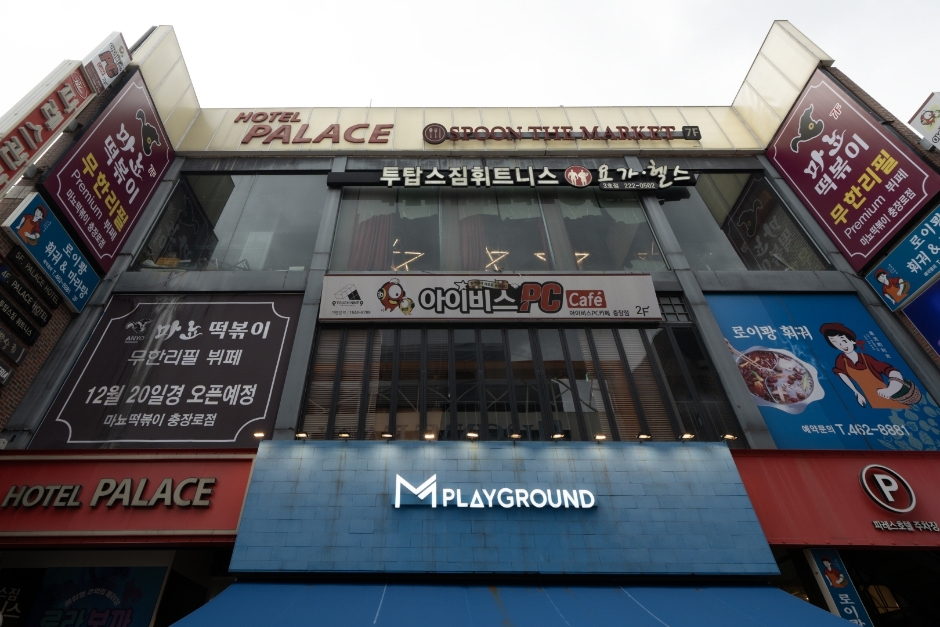
![ER NC Department Store - Gwangju Branch [Tax Refund Shop] (ER NC백화점 광주)](http://tong.visitkorea.or.kr/cms/resource/32/2886832_image2_1.jpg)

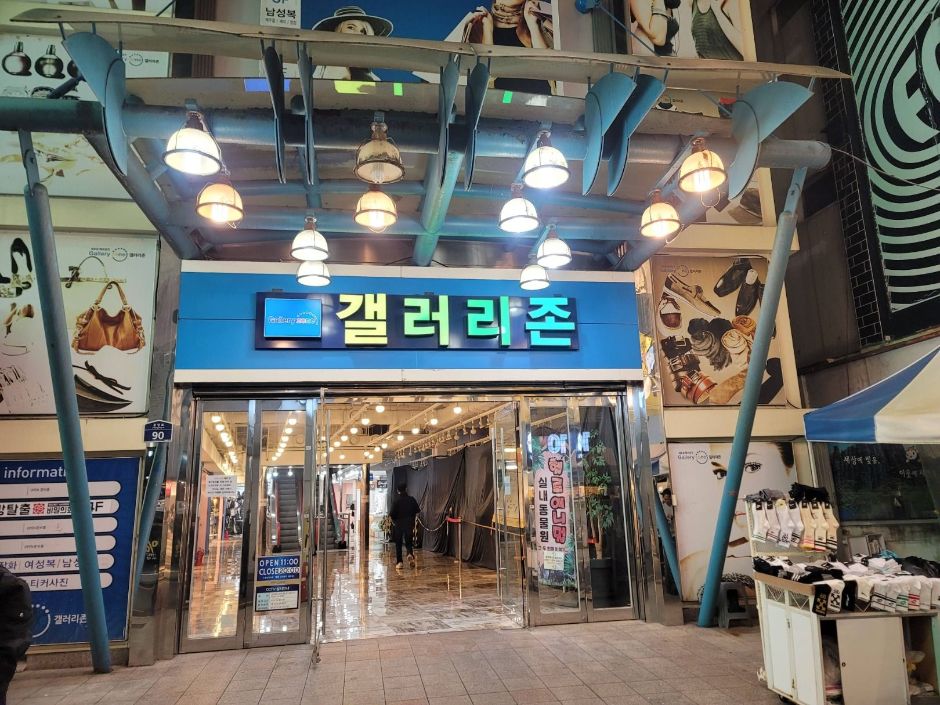
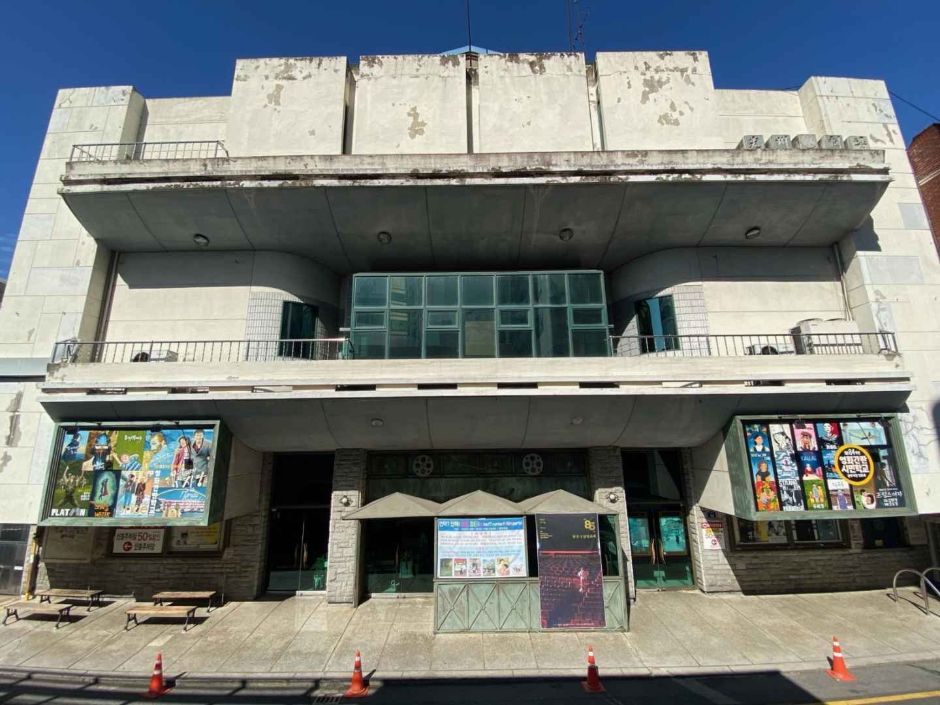
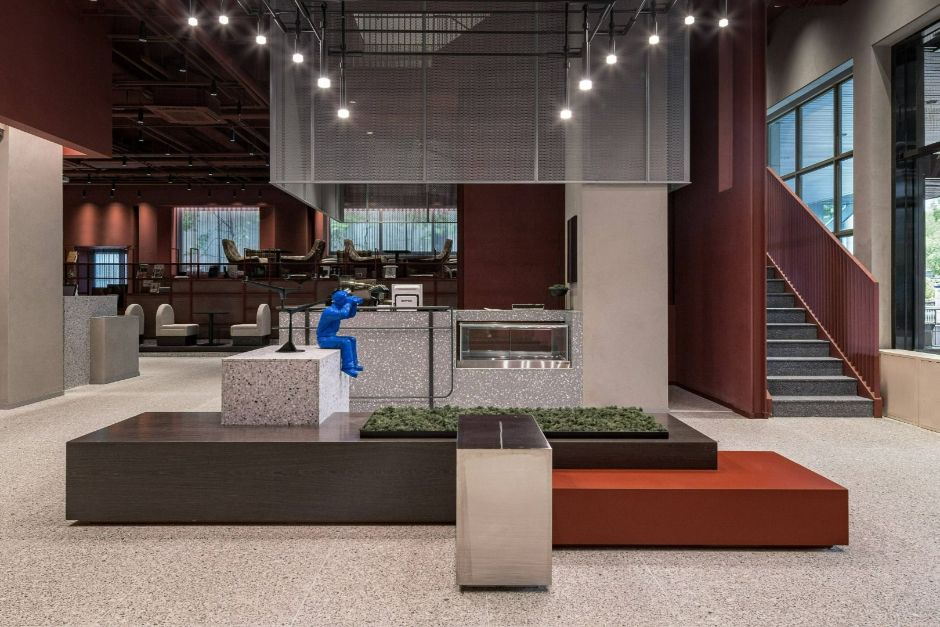
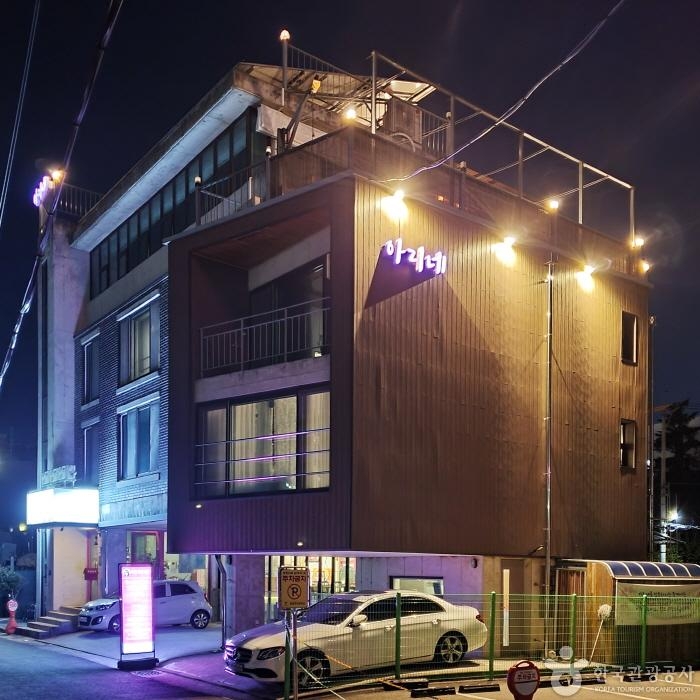
 English
English
 한국어
한국어 日本語
日本語 中文(简体)
中文(简体) Deutsch
Deutsch Français
Français Español
Español Русский
Русский